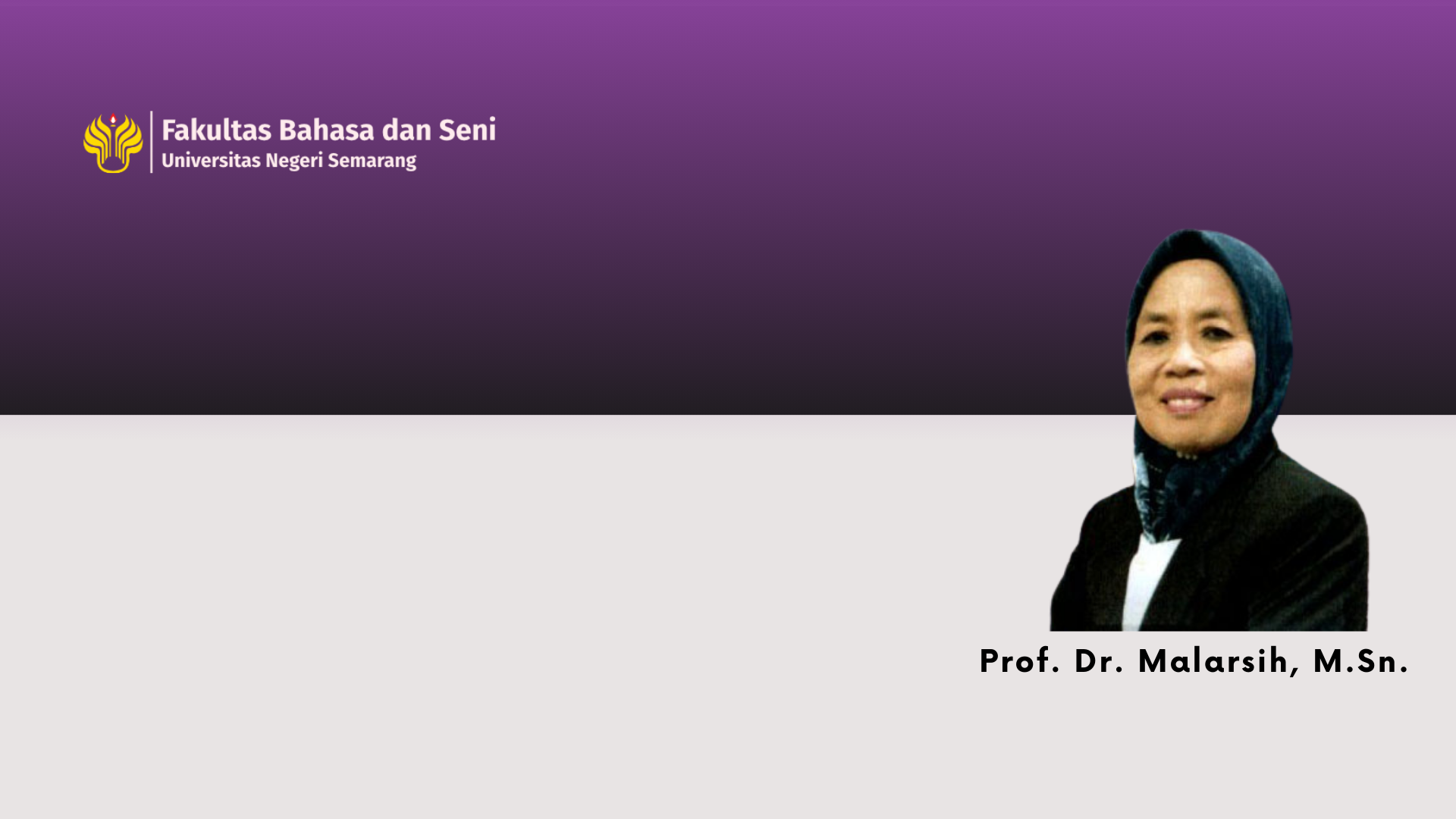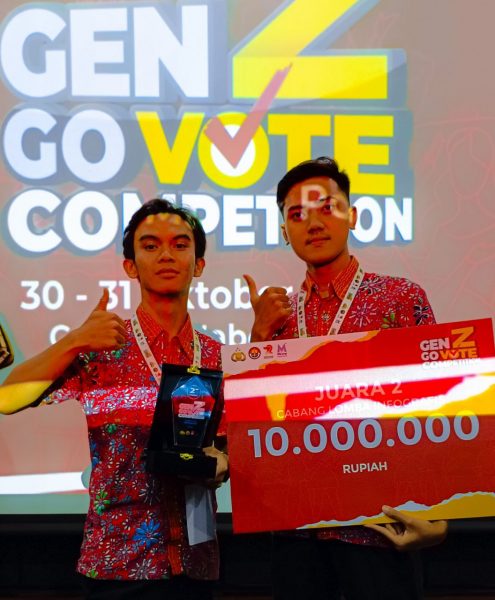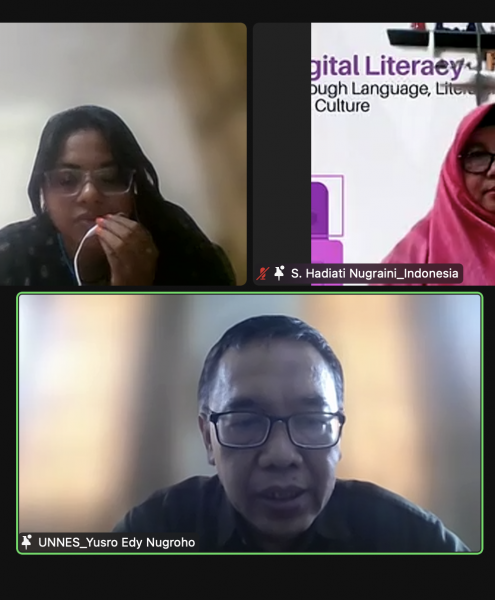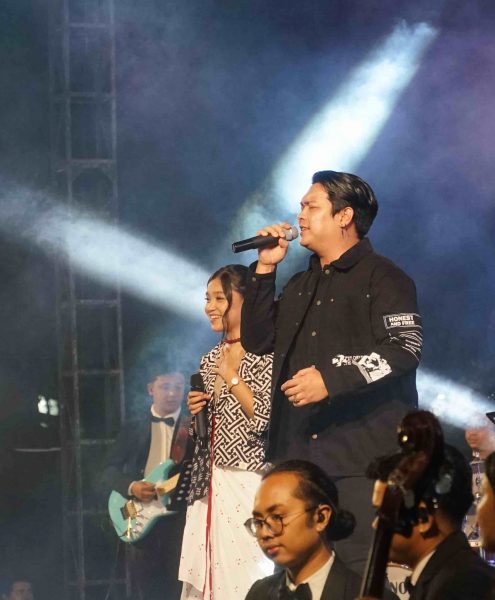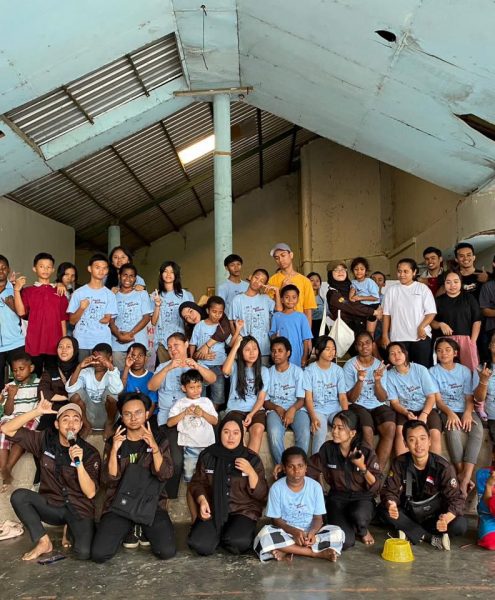Universitas Negeri Semarang held a senate meeting to inaugurate Prof Dr Malarsih MSn as a professor in the field of dance at the Sekaran campus auditorium on 9 November 2023. Malarsih delivered a scientific oration entitled “Toreh dan Pesona Tari Tradisional Jawa”.
Malarsih said that the writing manifested in the scientific oration was a collection of thoughts from various studies and experiences. As someone involved in dance, Malarsih is a teacher, appreciator, practitioner, and dance researcher. This experience made Malarsih have in-depth knowledge of dance.
According to Malarsih, dance is inherent in oneself, and each person can have flexible movements that fascinate other people. In general, you can see the complex world of Javanese dance through traditional dance. Traditional art is accepted as tradition or heritage. This tradition has conventions as rules for behaviour. Traditional society must maintain harmony in the order regulated in that tradition.
Malarsih said that traditional art continues to grow as part of a region’s culture of traditional communities. Dance is related to people’s lives. Malarsih provides illustrations of farming communities in Central Java and East Java, such as Sragen, Blora, and Trenggalek, as well as other agricultural areas where people are familiar with fertility ceremonies and tayub. According to Malarsih, traditional farmers believe soil fertility must also be achieved through invisible forces. This agrarian society makes this happen through rituals and performances.
Malarsih explained that folk dance shifted from the simplicity of peasant environmental dances to more complex but refined dances. For example, tayub is the inspiration for gambyong. Malarsih invited us to see folk dance from farmers and classical dance from the kingdom (keraton), both for fertility. Then, Malarsih talked about the sacredness of the Ketawang bedhaya. This sacredness legitimises the regional authority of the two cultural centre palaces: Yogyakarta and Surakarta. Apart from the dance styles of the two palaces, Malarsih revealed that there is a Mangkunegaran dance style with its own characteristics.
Finally, in the speech, Malarsih said that the description of traditional Javanese dance presented was only an illustration related to the existence of conventional Javanese dance, which is very well known by the wider community, namely folk traditional dance and classical traditional dance, whose function continues to develop. According to Malarsih, these two types of conventional Javanese dance have different characteristics and charm for each dance lover and performer.(Winarsih/*)

